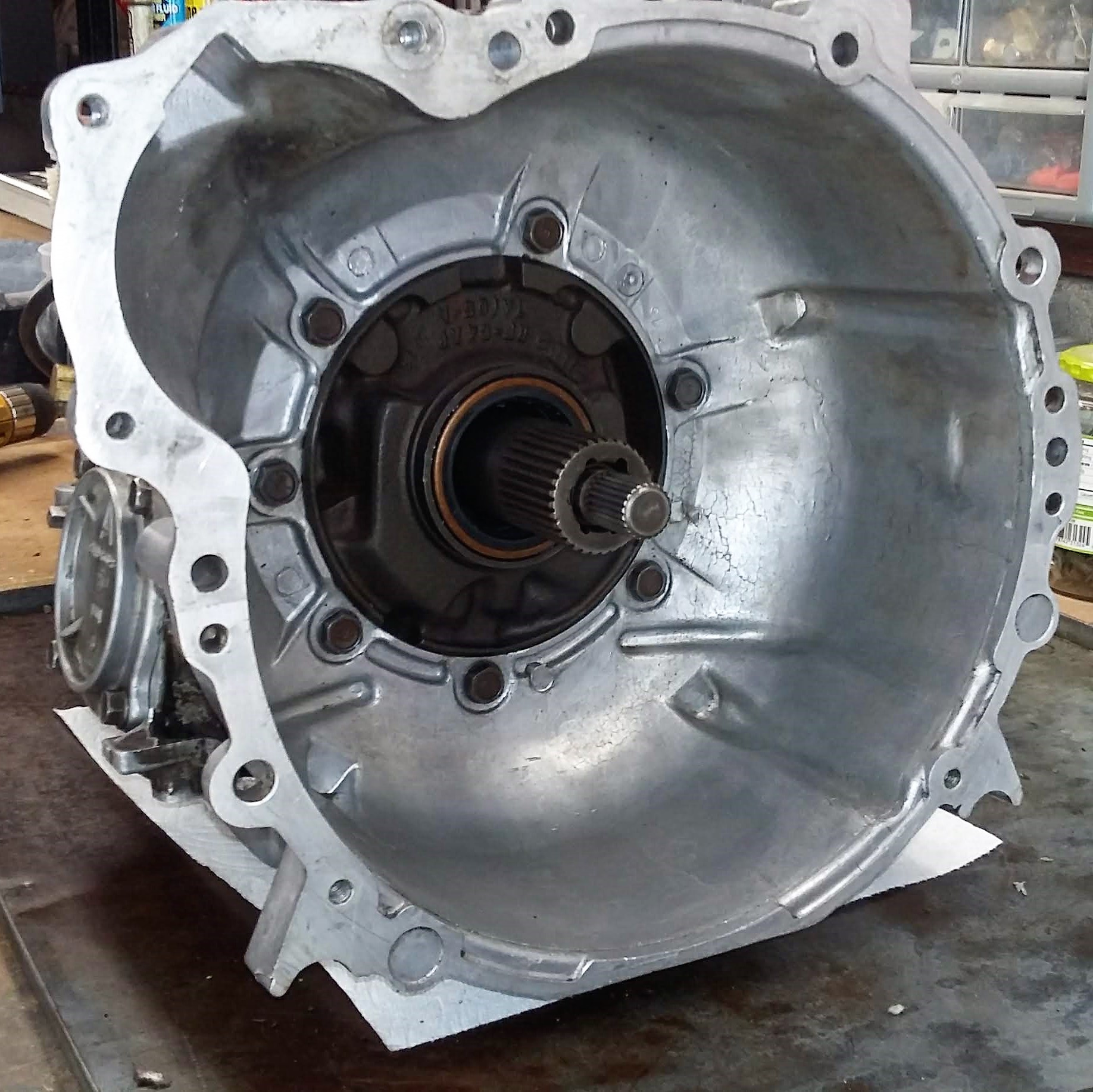Slushbox reseal
A full rebuild of the '66 Mustang's transmission was not part of the budget and that's a gamble. Here's what we knew: The car had sat for a very long time but we were able to drive it off the trailer and into the shop.There was a lot of grease, dirt, and oil caked on it.
At the very least we wanted to make sure that every gasket and seal that keeps transmission fluid inside got replaced to avoid leaks. We also inspected the internals to gauge its health.The fluid looked good and it was reasonably clean inside,without a bunch of friction material and metal particles in the pan - which is bad.
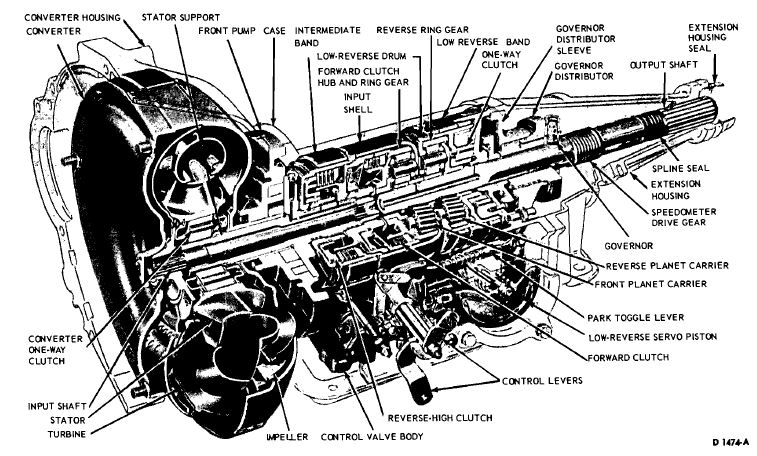
Not much to these little C4 transmissions. We pulled the clutch packs and checked their condition and they looked good. It'd been gone through before. The only thing that was sketchy was the front, intermediate band. It was probably original. That was replaced with a heavy duty Kevlar band and the entire unit resealed.
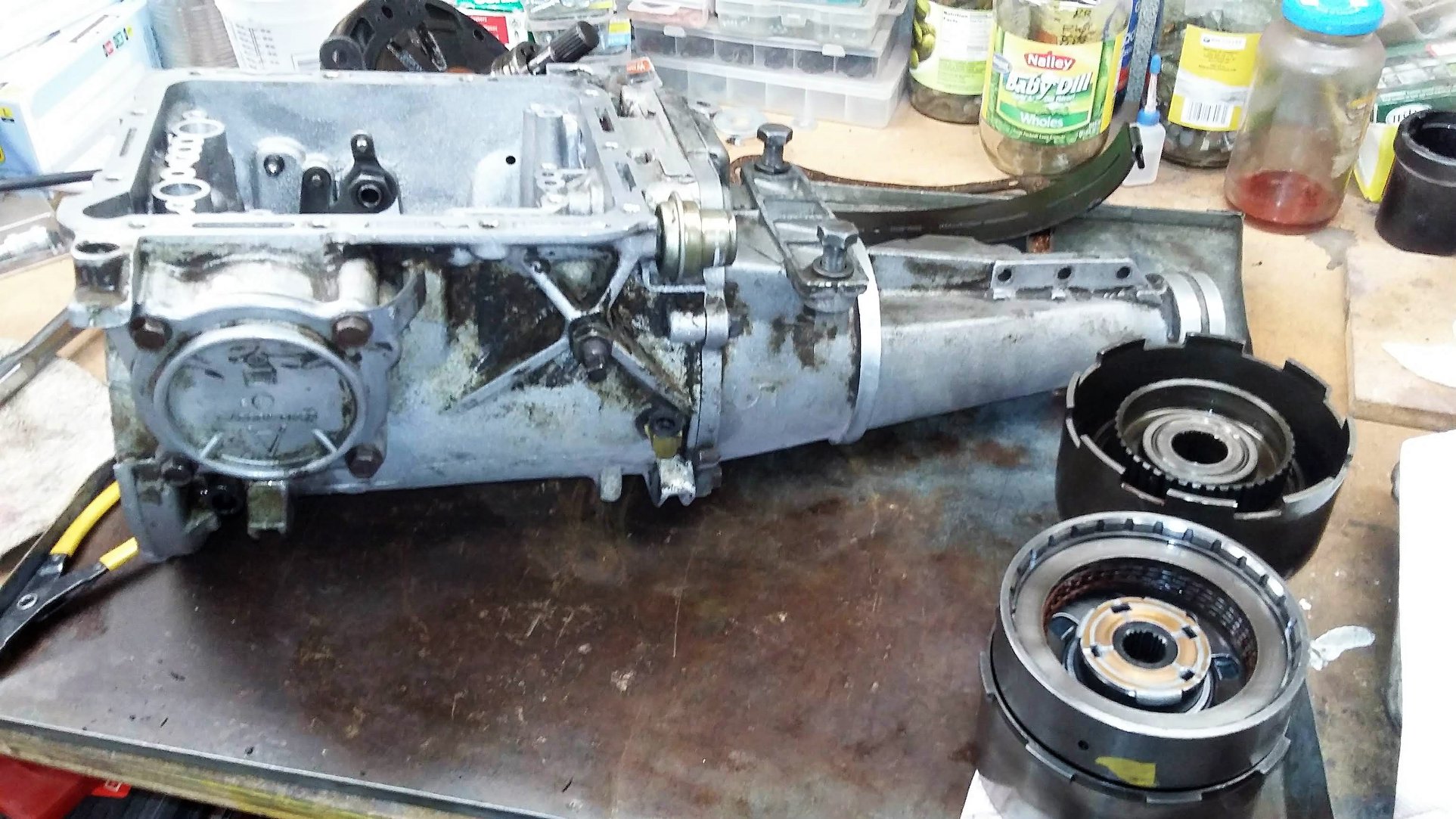
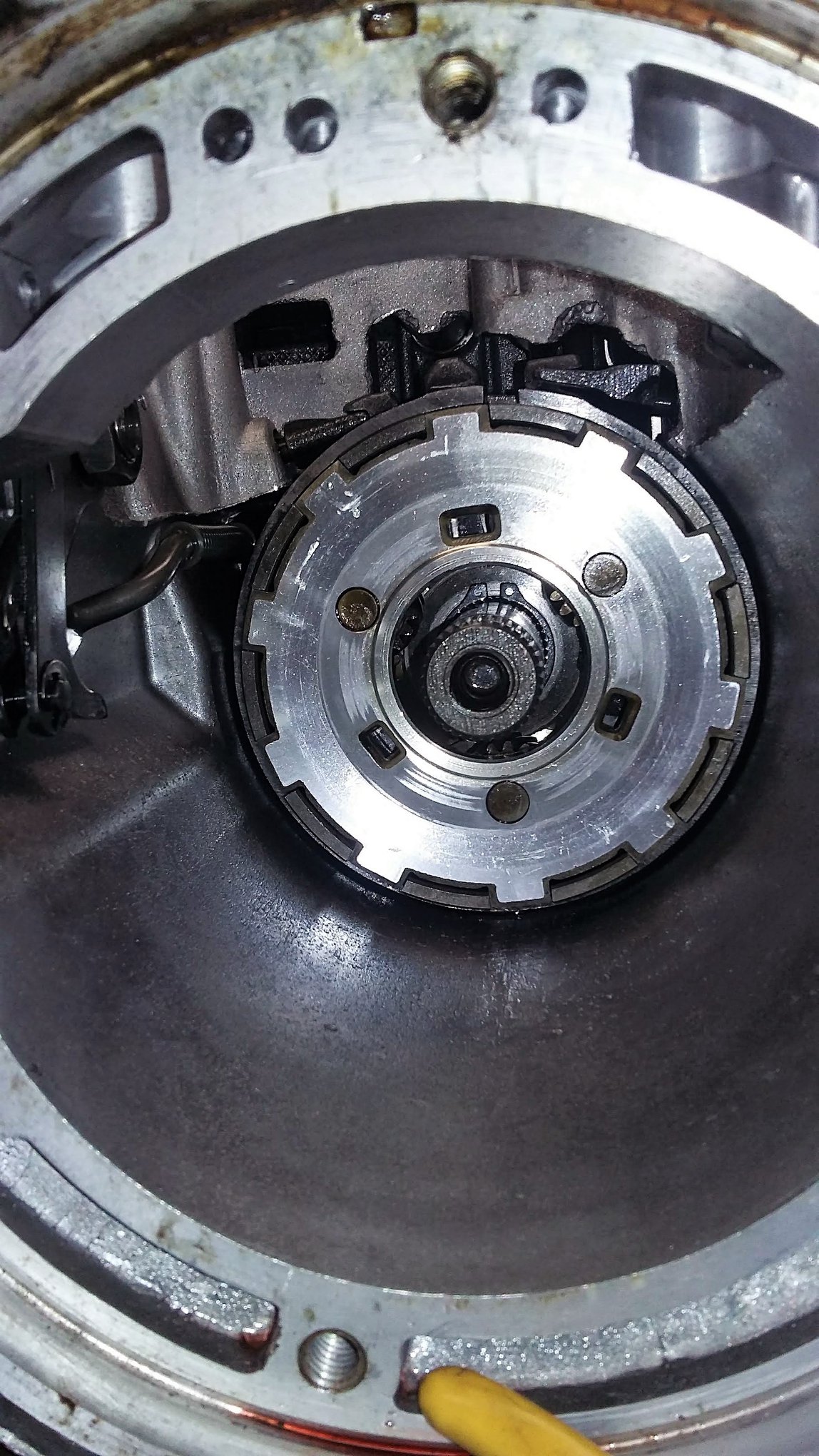
Close up of the front, intermediate band that wraps around a spinning drum. The valve body (the brain of the trans) controls a hydraulic servo that squeezes the drum and prevents it from spinning - all part of the gear shift process.
The friction material bonded to the metal band is like paper. It's cracking and flaking off.
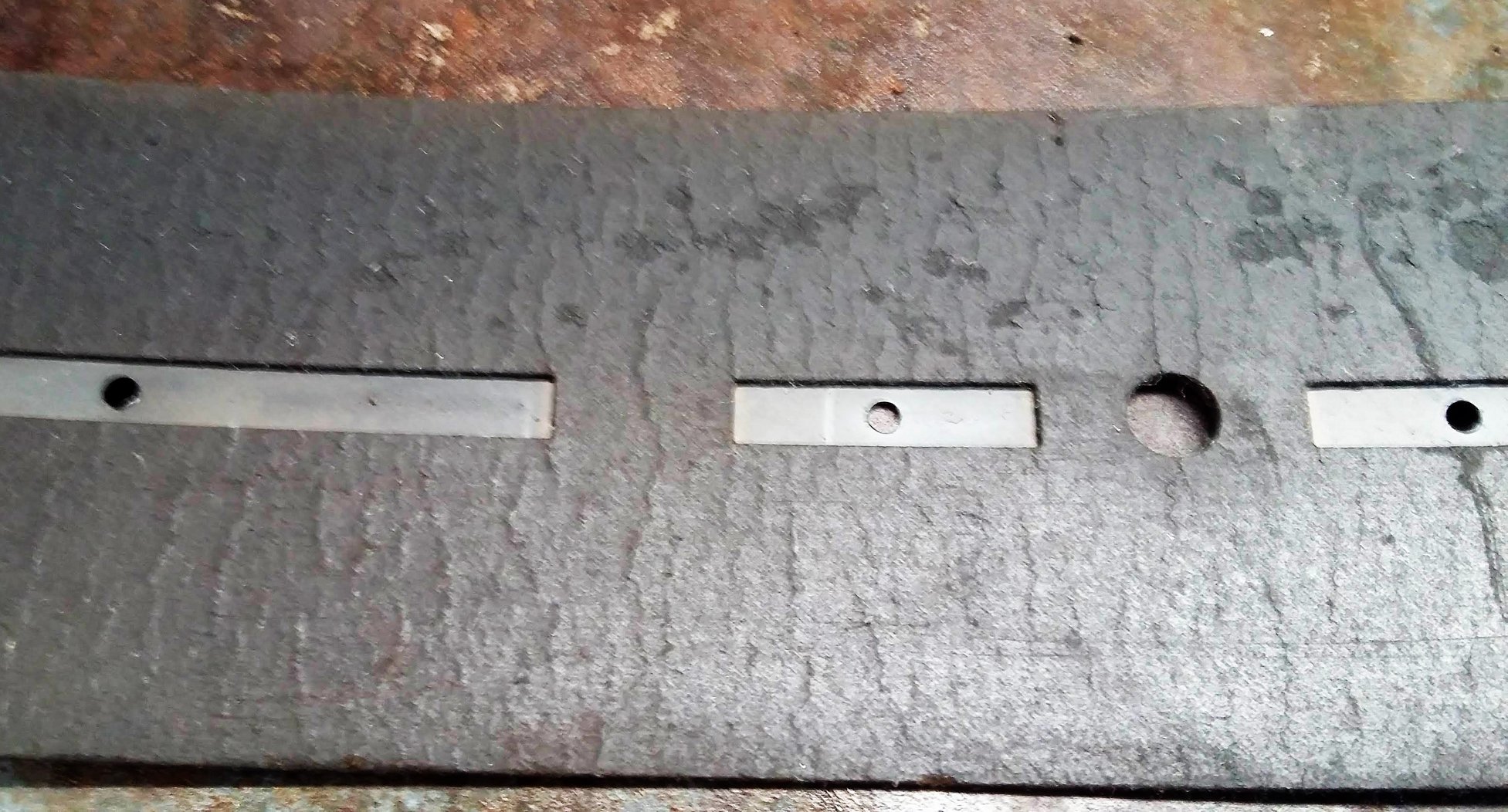
We bench tested it with compressed air to confirm the clutch packs and servos were all operational.
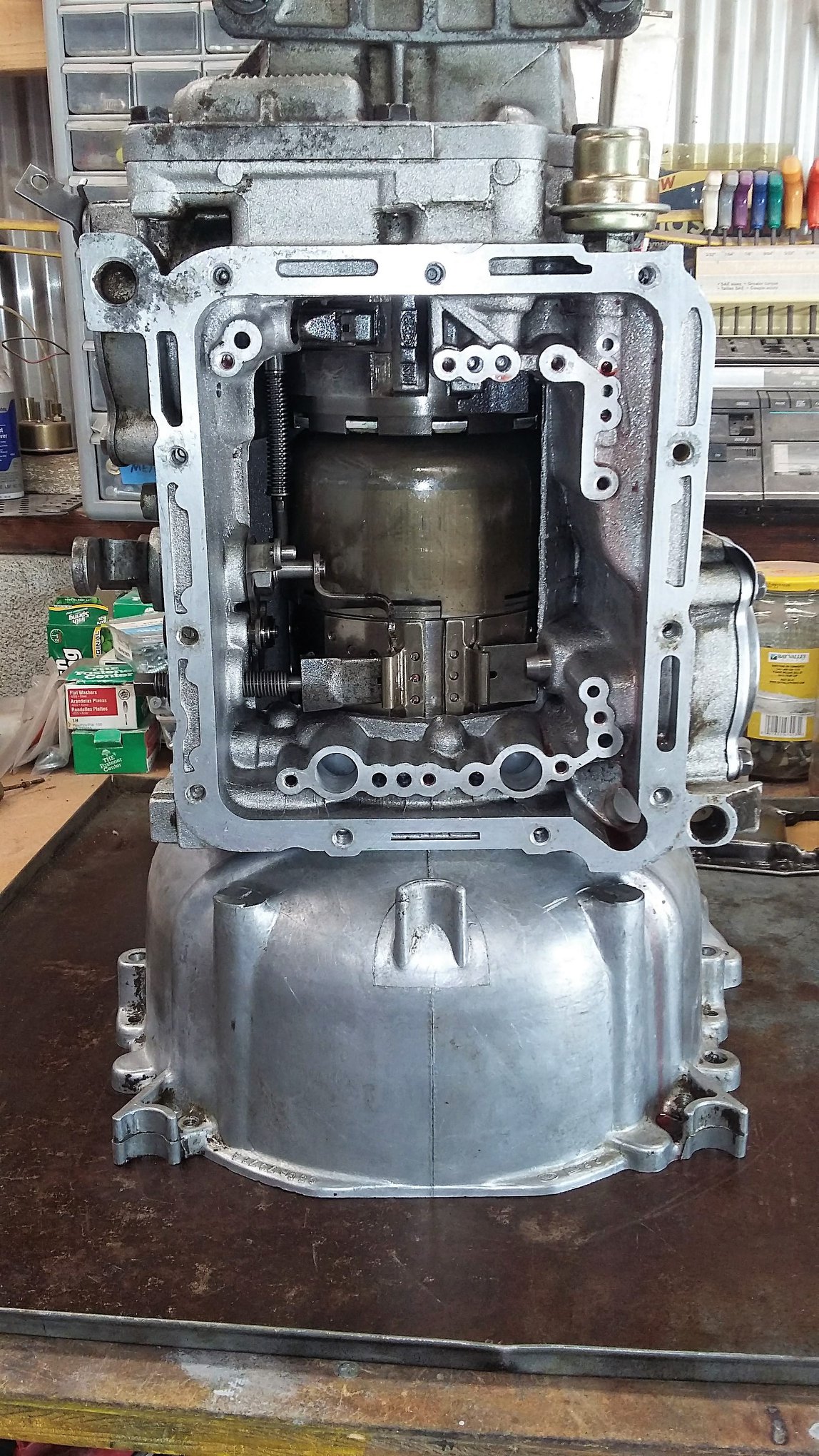
We believe someone went off road and smashed the transmission pan. (The floor of the car had a tear in it too). This is the old and a new filter that reside at the bottom of the transmission. On the left you can see the filter is partially smashed. Check out the pan in one of the next photos...
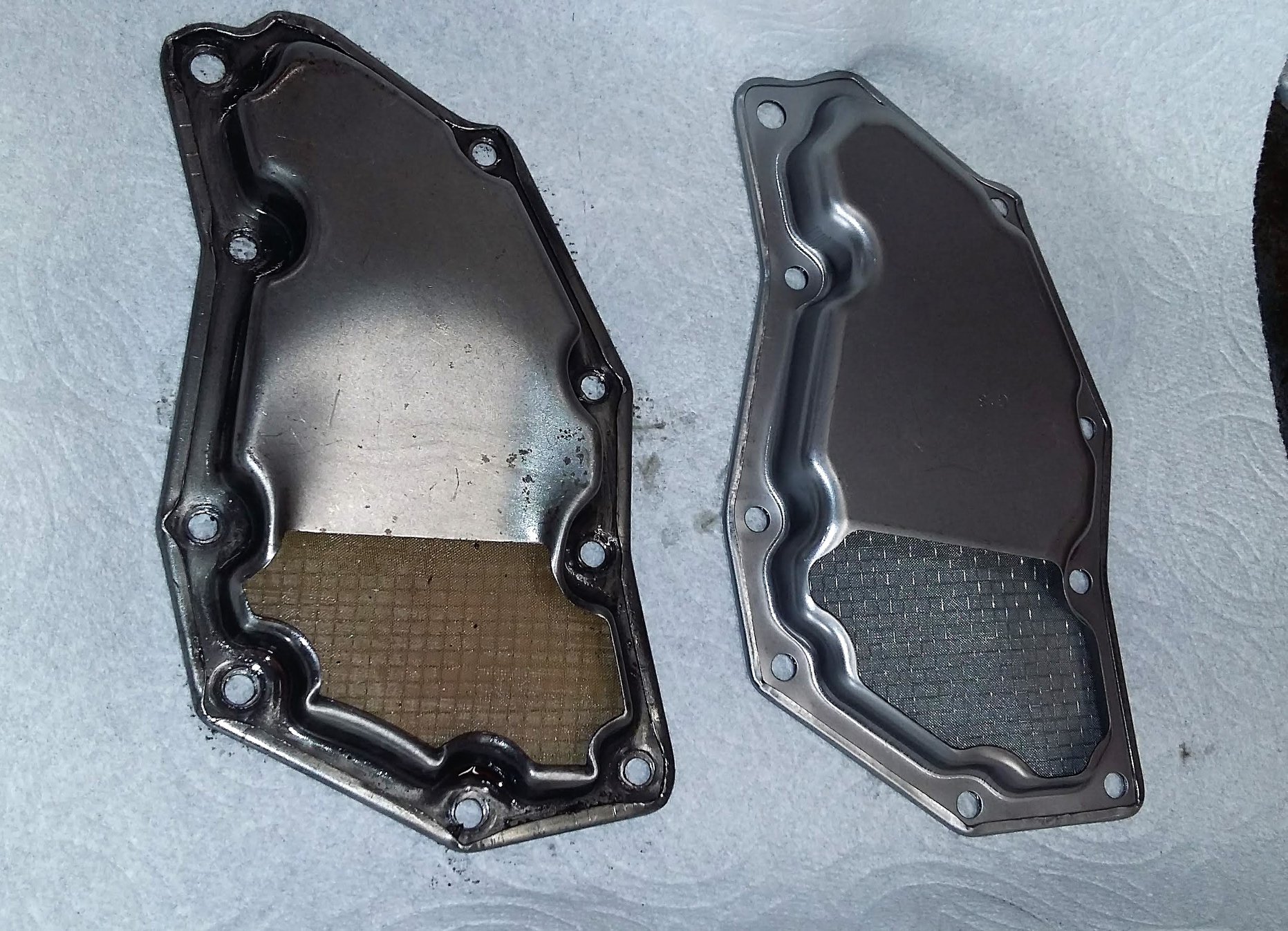
This is the pan we pulled from the bottom of the transmission after sandblasting. That;s some deep rust pitting which is unusual. We think someone went off road, and ran over something that smashed the original pan and the filter inside the transmission. Then, they got donor pan from another transmission at a junkyard that had been sitting on wet ground for a long time.
This will get replaced with a new pan.
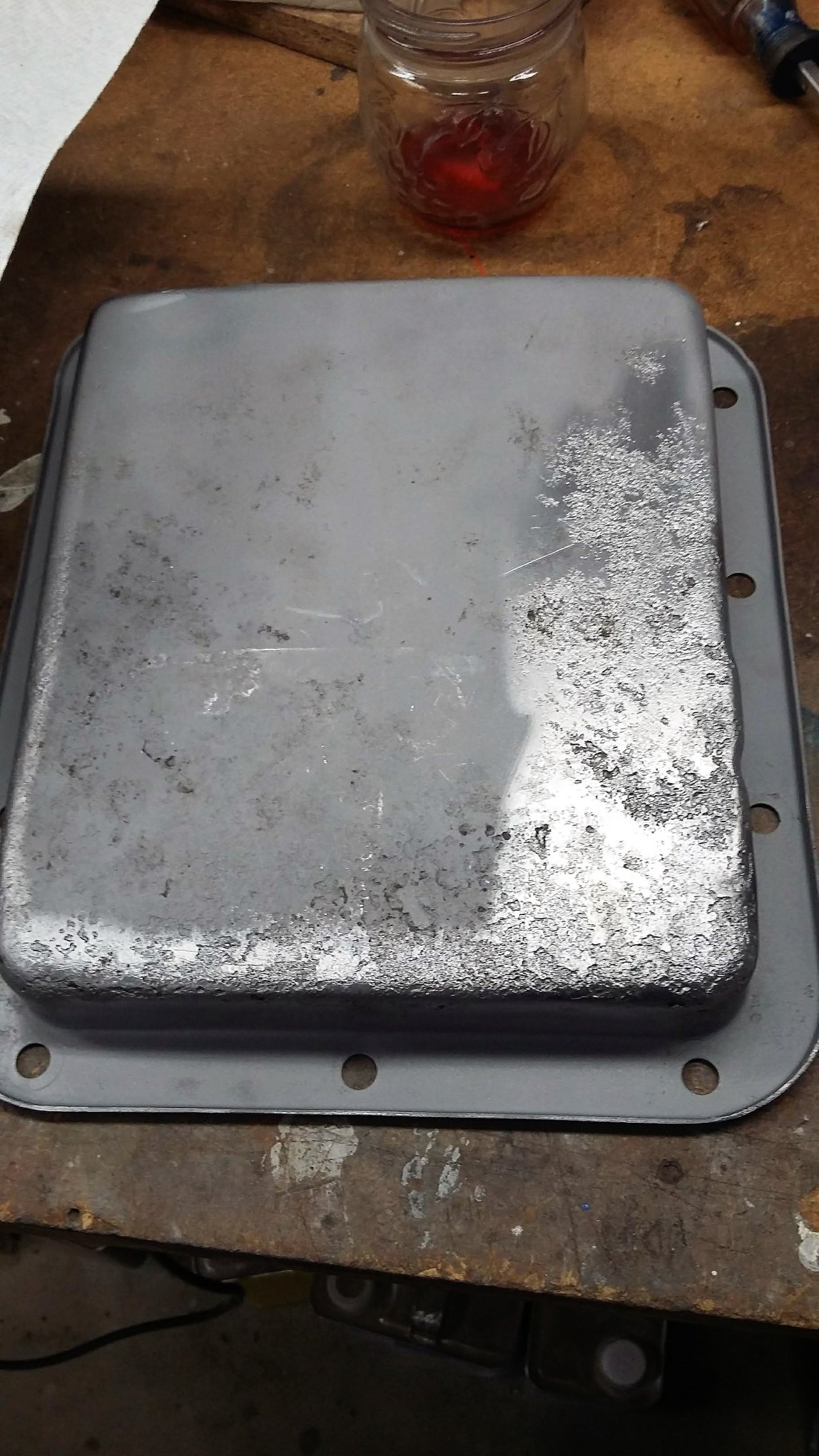
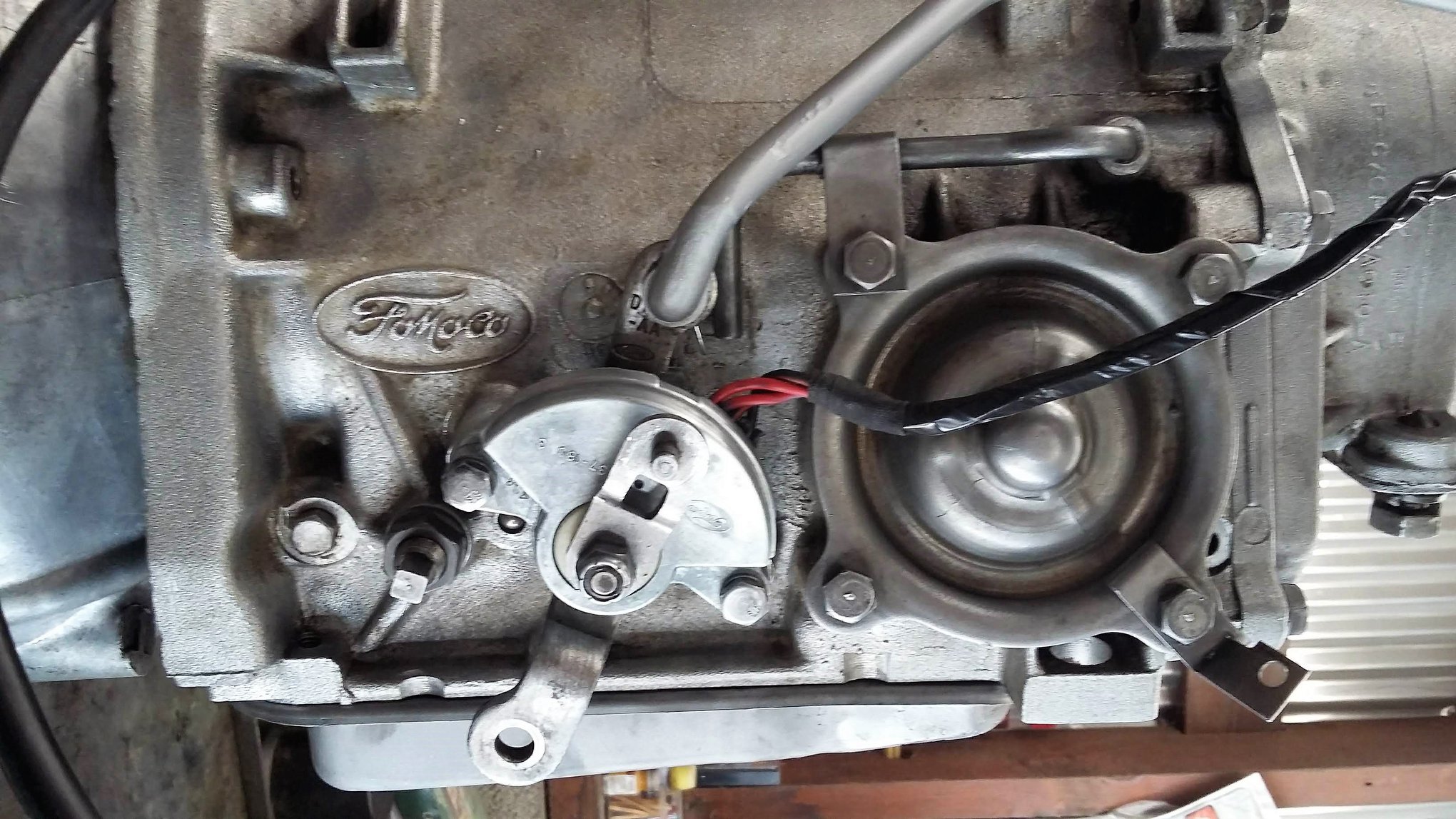
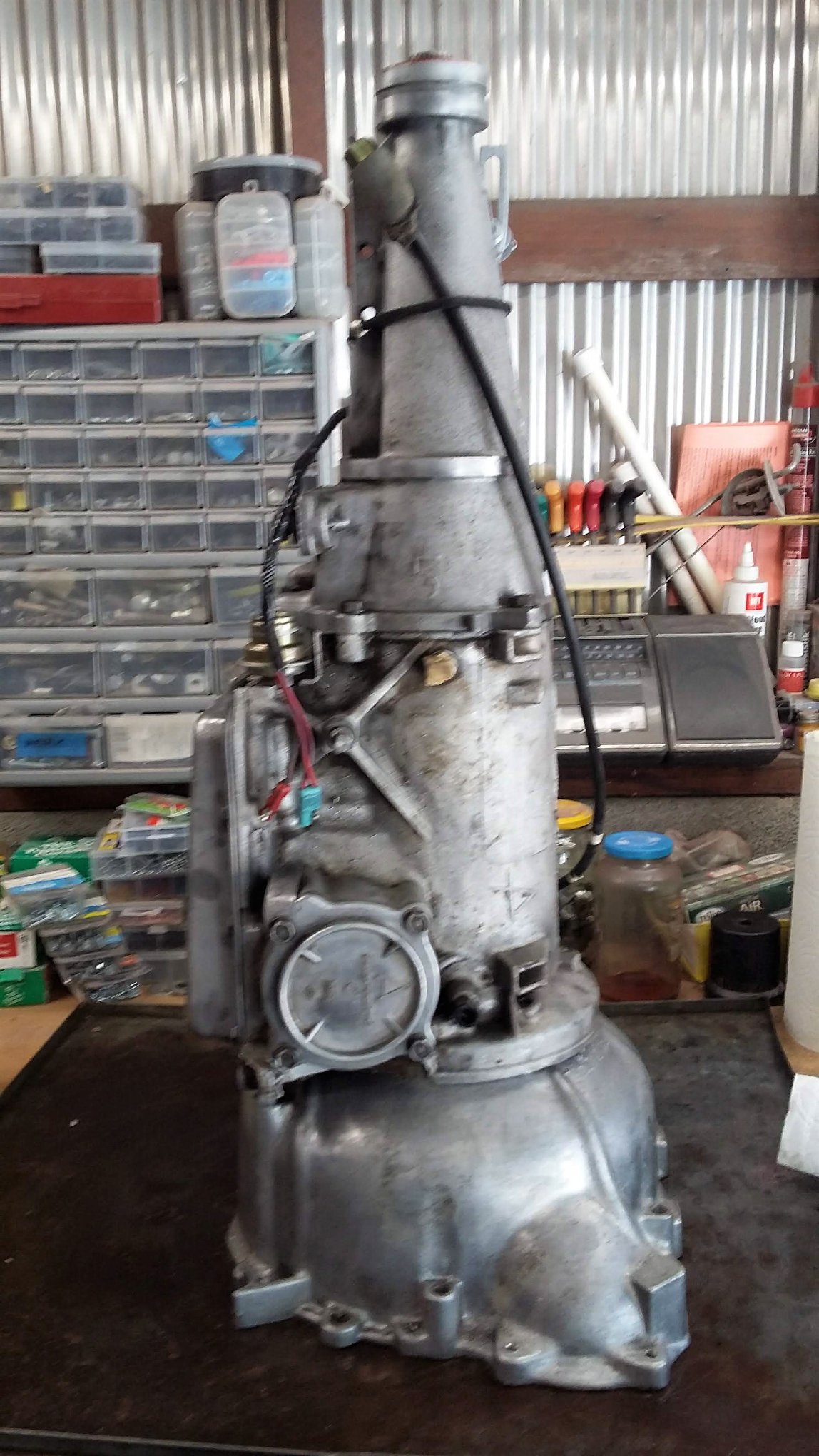
The input shaft and front pump. A torque converter resides in this cavity where it received power from the engine.
